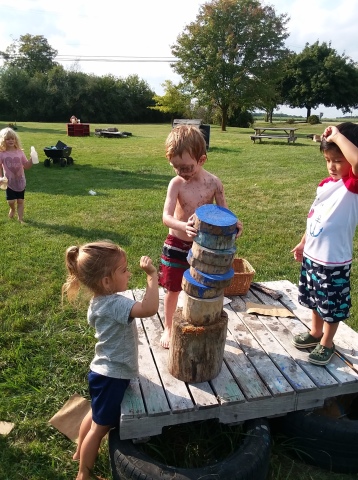Conflict is a natural part of life.
On this earth there are so many organisms sharing the same space and resources, and each and every one has the same intense drive toward survival. It is inevitable that each individual’s differing needs will be at odds with another’s at some point. We don’t often think of childhood conflicts as part of the natural life cycle. What we do recognize, is that these conflicts are upsetting for us, and that we can feel the pain that they create.
The plus side is that these upsetting and painful sensations occur precisely because we don’t want conflict to happen. We feel these sensations because we need each other. We need to get along together. We feel pain when we can’t get our needs met, but also when those needs lead us to aggression against another. It is part of our biological priming to avoid pain and find ways to get our needs met without creating discomfort. The natural world, in which we are but one species within an interconnected web of existence, is far more cooperatively bound that many of us have been raised to believe.
As humans, we wish that we could create a world where conflict would be unnecessary. As parents, caregivers, and teachers, we feel the heavy burden of trying to shape young humans to be caring, thoughtful, and conscientious adults who would calmly discuss their differences with others and create mutually beneficial solutions to all of life’s problems. It is a noble pursuit. As humans continue to evolve, we keep trying to come up with new ways to actually do this. Viewing conflict from a natural learning perspective is one of these attempts.
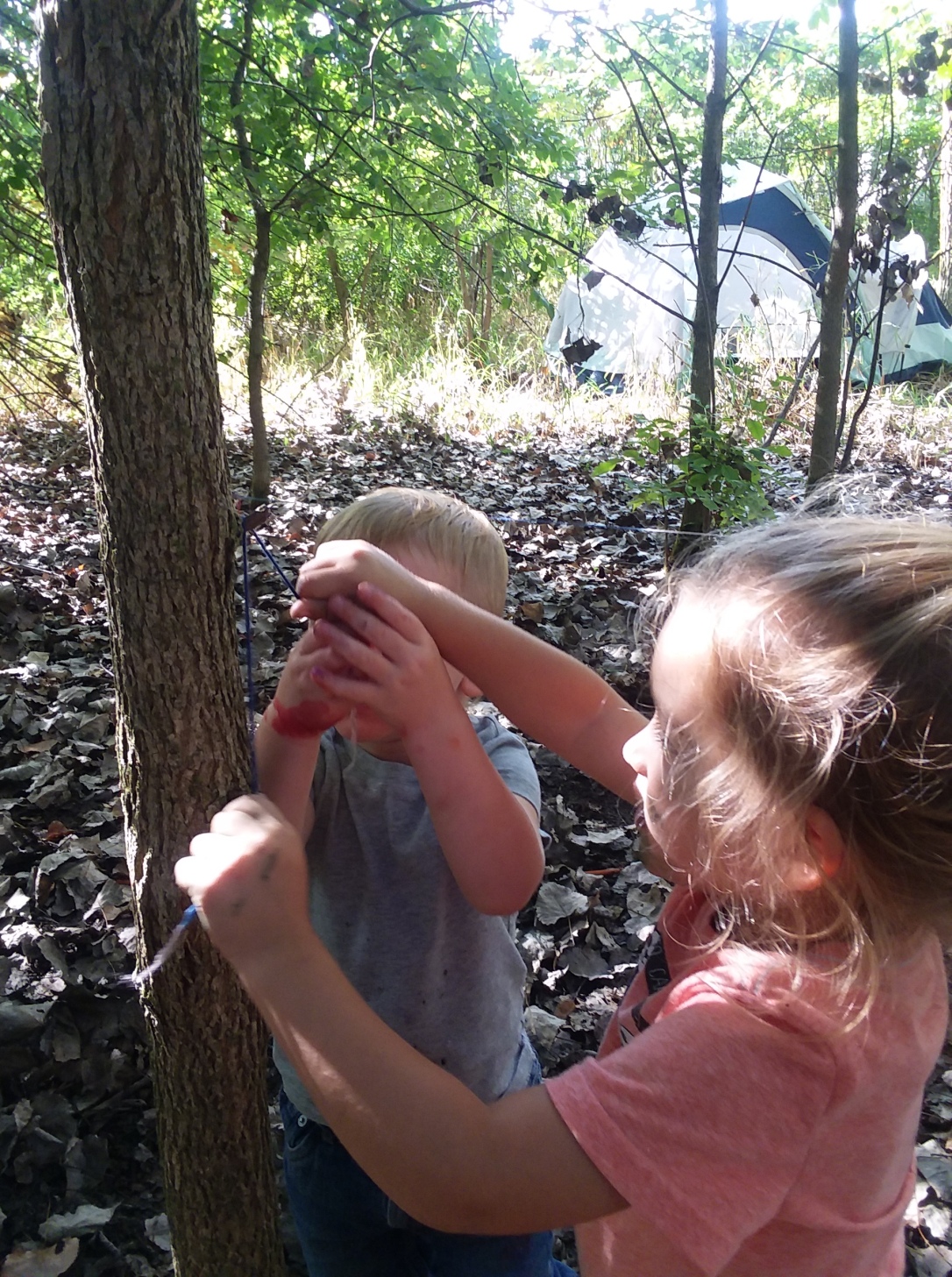
Seeking to use a biological perspective of emotion and behavior to re-frame our approaches to conflict resolution and the development of cooperative behaviors in young children, we want each individual to be recognized for their pursuit of valid needs, while supplying increasingly sophisticated skills toward negotiation and getting these needs met. We hope to be able to see underneath a child’s actions into the motivation that led to it. We want to meet the underlying need if possible (or at least acknowledge the desire and help with feelings of disappointment) and give children models for identifying, addressing, and asking for a need without trampling all over what someone else is feeling.
Of course, for little kids (and way too many, adults for that matter), one’s underlying motivation can lead to harmful behaviors. Over the course of history in many cultures, the action plan for trying to get humans to behave “better” has been to implement consequences for these harmful actions. However, when we look at how our bodies actually operate, we see that this method doesn’t necessarily create compassionate, empathetic, or conscientious feelings. When our intrinsic drive to grow, learn, love, and feel able is squashed, blocked, or challenged, survival processes block one’s ability to feel flexible, compromising, and compassionate: exactly the feelings that inspire genuine cooperation and caring.
We certainly don’t want children to hit, kick, grab, and yell out of anger and frustration for these needs, but we also don’t want to squash their intuitive self-direction, desires, awareness, and feelings.
Natural learning IS the development of these internal motivations, so we must find a different way.

First, we look at some of the reasons why conflicts arise in our little preschool world and establish processes that the kids and teachers can use to acknowledge the needs of self and others as worthy. We regularly point out how unsuccessful, upsetting, and time consuming using alternative methods are, such as grabbing, hitting, and yelling. We constantly modify the school culture to identify issues in our routine, environment, responsibilities, and expectations, as well as, teacher expressions, communications and attitudes that are contributing to children’s feelings of unfulfilled needs.
We try to explain every boundary and expectation and make sure that they are clear and reasonable to the child. We try to limit complete prohibitions to safety concerns. We try to find a way to say “yes” to their desires and explain how or when it can be possible to fulfill their needs in conjunction with the needs of others.
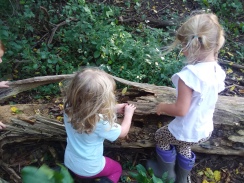
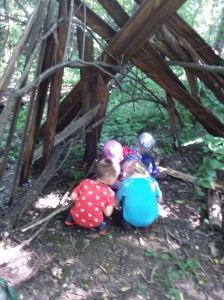
We expect the kids to talk to each other and us about conflicts. If they are unwilling or unable, for whatever reason, we scaffold, translate, and get agreement through negotiation. If children are feeling resistant to discussion, we just offer some time alone until they are ready to come back and deal with the conflict. However, Not dealing with the conflict is not an option, we explain, because when there are so many people sharing the same space and materials, none of us can get what we need if we are unwilling to talk to each other about it.
The guidelines that we use to help children and adults mitigate common human conflicts are:
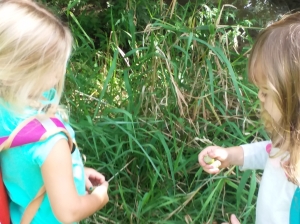
If you want a toy (or something else): Ask for it.
We ask the other child to say, “Yes, when i’m done, ” because it’s true. The other kid can have it, when you don’t want to use it anymore. This way both children get what they need and there is a way to open the feelings for negotiation and compromise. “How long will you be?” “5 mins” or “after I bake this cake.”etc. They can continue to debate the timing, but each will definitely get to play.
See blog post “you can have it when I’m done” for a more detailed description.

If you want to play: Ask the person.
Sometimes kids push, grab, make faces, or call names, because actually, they want to play and make connection, but don’t know how to get involved. Sometimes they want to rough house, play monster, or play fight, but without asking, many kids, who would have otherwise been interested in the game, now feel upset and offended/assaulted. So, before anyone does anything to or toward someone else’s body, everyone has to ask. Even “nice” actions require consent: holding hands, hugging, leaning on. Teachers constantly model consent and demand that children ask them for consent as well.

If you bump or hurt someone by accident: Check in.
The words that you say don’t matter as much as the acknowledgement that your body infringed on someone else’s, even by accident. “Are you okay?” “Excuse me.” “Whoops, sorry I bumped you.” “Oops, I bumped into you, can I help you up?”
If you are upset about something or with someone: Talk to the person about it.

Tell the person how you feel, what happened, and what you wanted, ask for it and/or find out more.
“I’m mad that you said you wouldn’t play. Why did you say that? I want to play that game! Can I play too?”
“I’m sad. That hurt me! I don’t want you to hit me. Will you please not hit me?” The other child must first agree not to hit this person in the future and then can explain what happened from his/her/their perspective.
This conversation can go around for a while. Often the one kid hit because the other did something else, and so forth. This method helps us to see deeper into conflicts than just the one kid’s undesirable behavior. This also gives the offended child practice speaking up about how he/she/they expect to be treated. Kids are much more likely to feel the harm they’ve caused when asked by the offended party than when it is demanded only by adult authority and rules.

If you hurt someone:Agree not to do it again.
We are not as concerned with “I’m sorry” as why it happened, that children agree not to repeat the behavior, and what the child needs to learn or do differently next time.
We find out what step was missed in the process. “Oh, did you forget to ask for the toy, ask to play rough, or explain how you were feeling and what you wanted? Just Try again.” We have them recreate the interaction and do the missing step. It’s amazing how everyone relaxes and can go on playing together afterwards.


Teacher Chaperone
When these conflict resolution and negotiation methods are too difficult for some kids during certain developmental stages, then we chaperone their play. Often the teacher needs to attend to other children as well during this time, so the child must follow the teacher to help others and then can return to the play of choice with teacher chaperoning. This method has the added benefit of creating an additional natural consequence in which the child’s freedom is inconvenienced. Sometimes this can help as internal motivation to bump up their development, without simply being a punishment, like time-out. The difference here is that children are getting scaffolding to increase their skill; are still supported and respected for their needs; and are experiencing a clear and reasoned explanation for the result of their own movements.

“If you continue to cross someone else’s boundary without asking or cross a safety boundary, then you need a teacher chaperone to keep you and others safe, and/or to help develop your skills during each interaction in order to meet your needs without disrespecting someone else’s needs.”
Conflict is a natural part of life and growth. When we are faced with conflict, it is a message that our needs are being infringed upon. We should have strong feelings about our needs. Teaching conflict resolution techniques and negotiation methods to small children helps re-frame this necessary experience to understand that others have similarly strong and necessary feelings about their needs as well. We don’t want to squash anyone’s initiative to follow their desires because natural learning depends on following this internal motivation. We DO, however, want to couple that awareness of self with a broadening awareness of other people, and all other beings too!
We believe that we are contributing to creating a better world when we convey that valuing one’s own needs and drives is important, valid, and necessary, just…not more important than the needs and drives of every other living thing.




